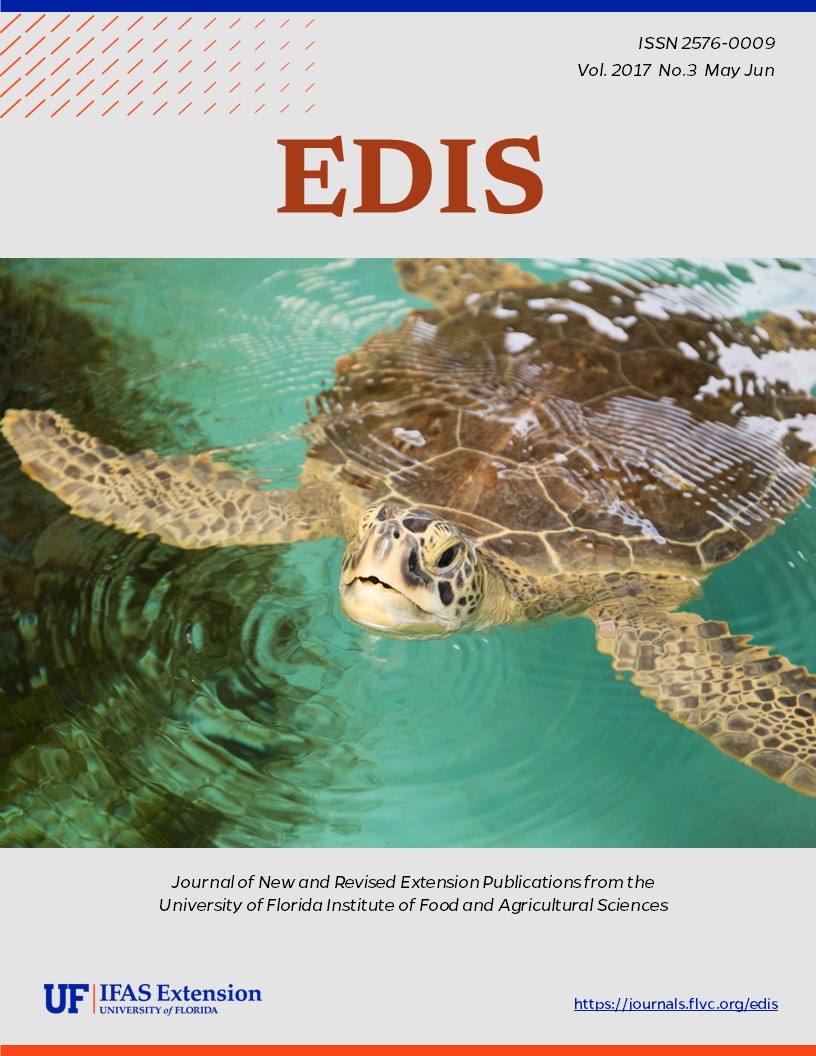Resumen
Animals in Florida provide a variety of benefits to people, from recreation (fishing, hunting, or wildlife viewing) to protection of human life and property (oysters and corals provide reef structures that help protect coasts from erosion and flooding). By measuring the economic value of these benefits, we can assign a monetary value to the habitats that sustain these species and assess the value that is lost when development or other human-based activities degrade animal habitat. This 5-page fact sheet presents the results of a study that assessed the value of protecting five animal species in Florida and showed the economic value of protecting animal habitat.
Unless otherwise specified, articles published in the EDIS journal after January 1, 2024 are licensed under a Creative Commons Attribution-NonCommercial-NoDerivs 4.0 International (CC BY-NC-ND 4.0) license.


